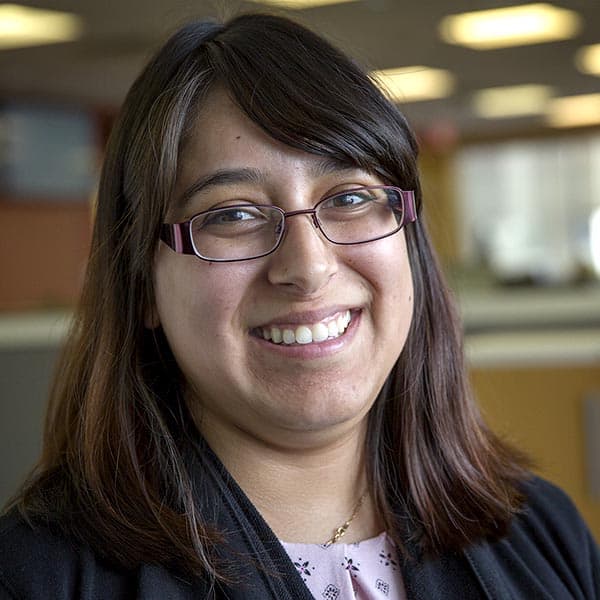Advertisement
Worcester Cultural Plan Calls For More Public Art, Neighborhood Beautification, 'Creative Villages'
With several new restaurants opening up and a redesign of Main Street to encourage people to walk around the city and experience downtown, Worcester is now on its way to develop its first cultural plan.
The plan, which was presented to the city council on May 28 and which would be embedded in the city’s master plan, identified 20 items the city could implement by 2020. Those items include a focus on after-work public events that could entice the 9-5 crowd on their way out of the office, an artsy wayfinding initiative, more actively promoting neighborhood amenities like parks and cultural spaces, engaging businesses to provide creative outlets for artists and expanding public art. The plans also calls for creating partnerships with artists and schools to allow children to be more engaged with arts and supporting the development of a “creative village.”
“I think it's important in this day and age that communities, cities as well as towns take stock of the richness and the uniqueness of what their city has to offer,” said Erin Williams, the city’s cultural development officer.
The city's cultural coalition, community foundation and City Manager Edward Augustus' office collectively wrote the plan, which was then referred to the Economic Development Committee. Final approval will come from the city council.
The wayfinding — consisting of signs spaced out throughout the city that direct commuters to arts and culture destinations — initiated in 2007 but is more concretely defined and prioritized in the cultural plan. The initiative also helps with promoting neighborhoods that have unique assets such as colleges, cultural spaces, parks and restaurants.
“Worcester is a spaghetti city. It's not a grid city. It was very hard to navigate for folks coming in and who were new to the city,” Williams said. “So a coalition ... worked for many years to define a plan to move people around the city in a more unique way and in the typical utilitarian fashion of Worcester, to embed art into something that was a necessary item.”
The plan also prioritizes an artist-in-residency program that would be managed by the city manager's office. Public art is another focus of the plan, which would encourage collaboration between the city, local businesses and artists to activate empty storefronts. The plan also calls for an increased advocacy in public art funding.
Under the plan, city officials would "support the development" of a "creative village” — an affordable housing unit geared toward artists, not only as a place to live but as a space to create. Still in its early stages, the plan does not specify if the city would provide tax or other financial incentives to developers interested in these kinds of developments.
Students would also benefit from the cultural plan in schools and through after school programs. Worcester Public Schools and the Worcester Cultural Coalition would create guidelines that would direct how artists and cultural organizations could become involved with students.
“It's opening more doors and I love that about arts and culture,” Williams said. “It's not prescribed and it allows people to see new ways of seeing the world. So part of our focus is about partnerships. No one group can do this alone. So by supporting artists, creative entrepreneurs, members of communities who are civic leaders as well as community activists and our local government working together, we can change things and bring our communities to life in a really significant way.”
The plan is slated to go before the city council in the coming weeks.
